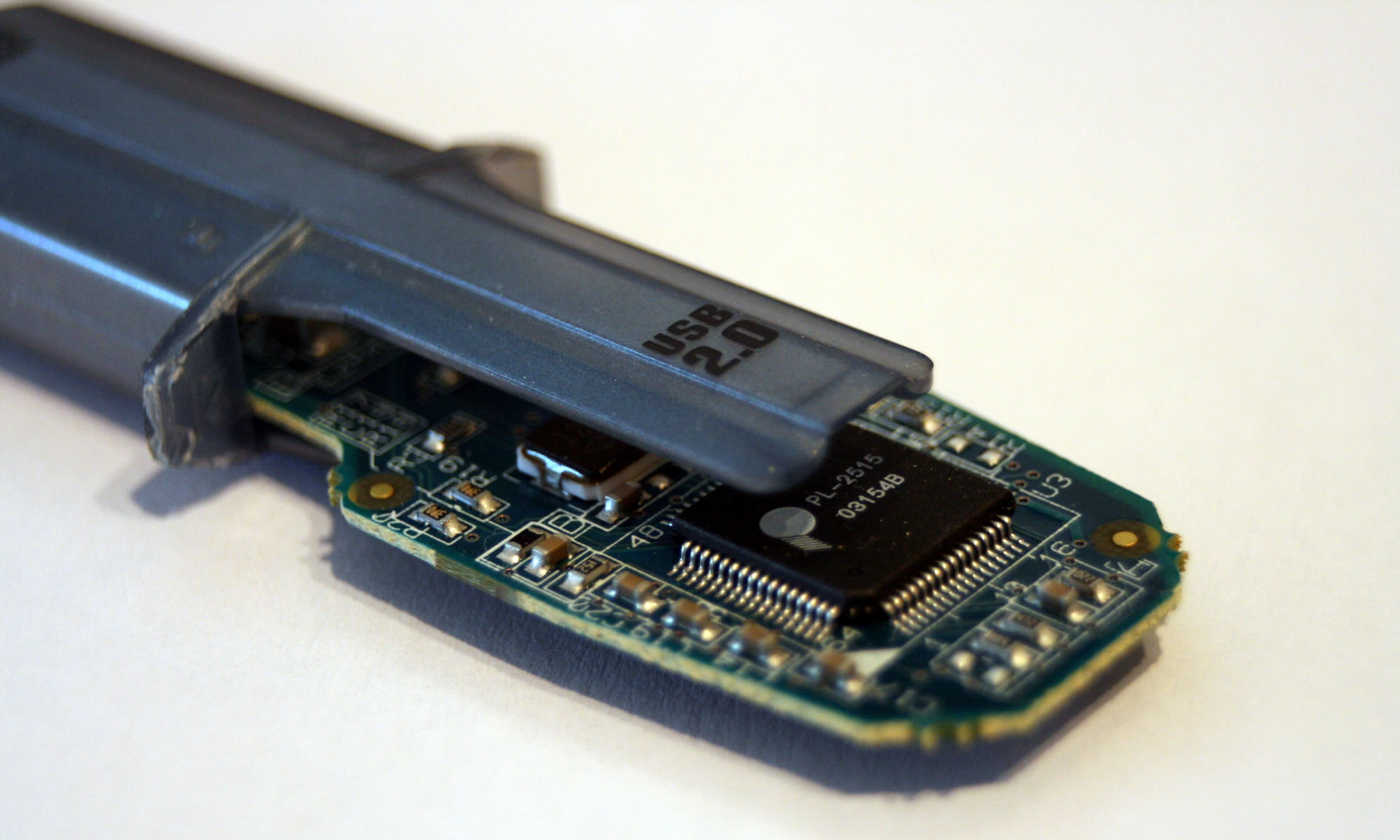
You have probably noticed that over the last few years mobile phones have been getting bigger, and tablets, such as the iPad have been getting smaller. Almost a convergence in terms of size between phones and tablets.
Doing some internet research for another article I found this comment I made on Brian Kelly’s blog post (from 2008) on what devices we would be using in 2013. My main comment was wondering if devices (such as phones) would get bigger!
James Clay said
7 February 2008 at 1:16 pm
I believe that the key difference will be is that the storage capabilities will become less important, as connectivity improves allowing easy access to information and content whenever and wherever you are.
I wonder if the devices will get bigger rather than smaller?
Think about phones, the Nokia N95 is a BIG phone compared to the compact small phones of a few years ago.
The iPod touch screen is so much bigger than the iPod video screen.
Bigger and thinner possibly?
Though for me the downside of all the functionality is battery life and I wonder if there will be minimal improvement in functionality, but a huge leap in the battery life as technology improves the power efficiency of the chips and memory.
As with all things rather than look five years in the future, look five years in the past.
In 2003 I had a phone which could play music, video, had an in-built radio, could surf the net (slowly on a GPRS) connection.
In 2008 I can do all those things but in higher quality and I know where I am (GPS).
In 2013…
I thought it would be interesting to see what said then and see how things have changed and also look forward a little more.
I said back then “I wonder if the devices will get bigger rather than smaller?” well in 2013 we saw the first large phones or phablets. The iPad mini had been released the year before and we had played around with the iPad since 2010, but now we wanted smaller tablets.
Now in 2015, the iPhone 6 and iPhone 6 Plus have been released by Apple and as with many Apple devices, and as I predicted, these are bigger and thinner than the phones we had in 2008.
Connectivity is much better with most new devices able to access 4G speeds, but not all of us can afford to be connected at those speeds.
These larger screens, more powerful connectivity have large power requirements compared to older devices. Back in 2008 I said
I wonder if there will be minimal improvement in functionality, but a huge leap in the battery life as technology improves the power efficiency of the chips and memory.
Manufacturers have improved battery life for their devices, still for most people there is a requirement to charge every day, but at least the battery does last most of the day. I remember having a Nokia N95 and too often the battery would only last half a day as I did use many of the different functions on the phone.
One thing that wasn’t mentioned in the first post was battery life, but I commented on in the following post.
Upon reflection I realised why I carry multiple devices around. The key reason is battery life.
If my phone has GPS, plays video and/or music, internet, acts as a 3G modem for my laptop, oh and makes phone calls; then even with a large battery I don’t expect it to last the day.
Spread the functionality over multiple devices and suddenly I can ensure that I can do all of the above, over catching the 6.30am train to London, all day in a meeting or a conference, and back again to reach home at 7.30pm.
I have multiple devices as a single device can not last for the time I need it.
The one change from 2008 that is much more apparent is the decline of the specialist device and the move to a multi-function device. No longer are we carrying pocket cameras, dedicated music players, video devices, e-book readers; our larger phones now do all that for us and then some…
So what will the device of 2020 look like?
Well that’s more difficult to predict, what do you think?
Image Credit: Maria Elena












![Dawn of the Planet of the Apes [Blu-ray + UV Copy]](https://i0.wp.com/technologystuff.co.uk/wp-content/uploads/2015/01/10978699-1414085339-78304.jpg?resize=480%2C600&ssl=1)


